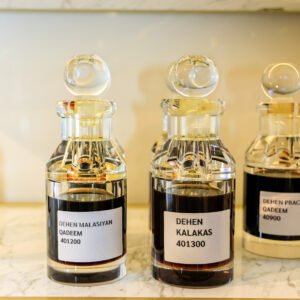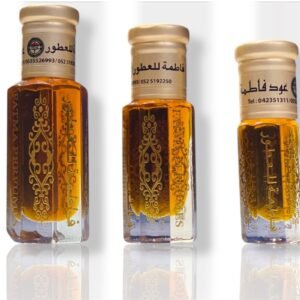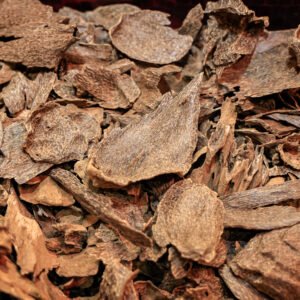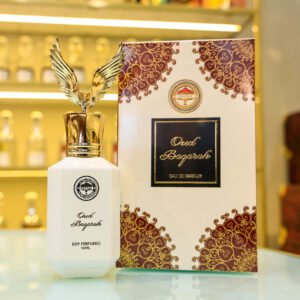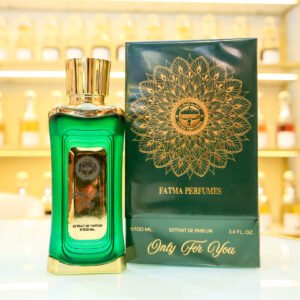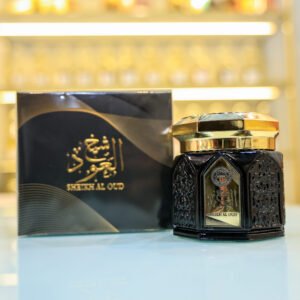If you’ve ever searched for luxury scents or tried to buy agarwood, you’ve probably come across sky-high prices. Whether it’s a small piece of agarwood chip or a bottle of pure agarwood oud, the numbers can be shocking. So what’s the story behind this “liquid gold”? Why is agarwood so expensive in 2025?
In this blog, we’ll break down the reasons behind the soaring agarwood price, explore what affects its market value, and guide you on how to shop wisely in today’s evolving oud market.
What Is Agarwood?
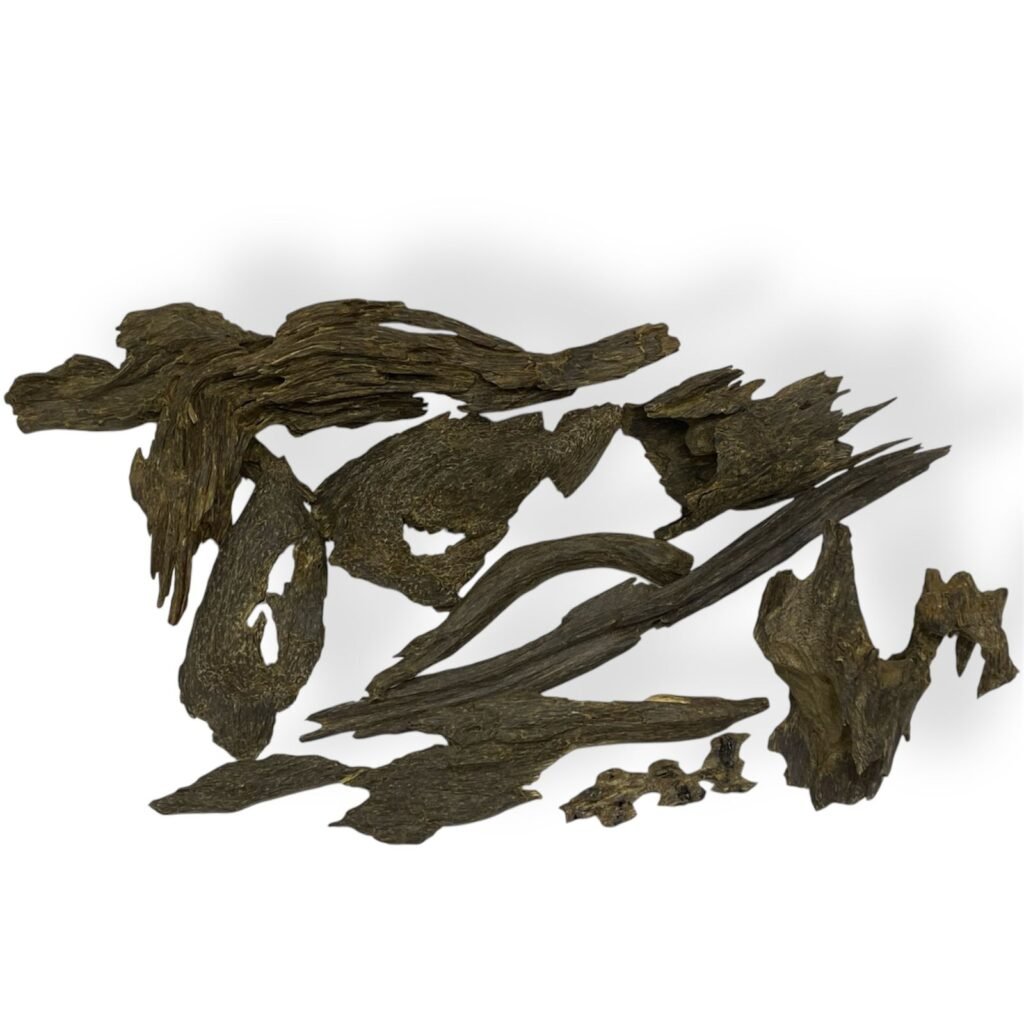
Agarwood, also known as oud or agarwood oud, is a fragrant resinous wood formed in Aquilaria trees when they are infected with a specific type of mold. This reaction produces a rich, dark resin that gives the wood its intense aroma. The longer the infection lasts, the more potent and valuable the resin becomes.
It is this resin that is distilled into oud oil or burned as wood chips in ceremonies, perfumery, and traditional medicine across the Middle East and Asia.
Understanding Agarwood Price in 2025
In 2025, the market for agarwood oud is booming—especially in fragrance capitals like Dubai. However, this growth has also led to fluctuations in pricing. Let’s explore the factors that affect the agarwood price today.
1. Rarity and Natural Formation
Only about 1 in 10 wild Aquilaria trees naturally develop agarwood. This makes the raw material extremely rare. And the process of infection and resin formation can take 10–30 years in the wild. With such a limited natural supply and growing demand, prices have soared.
👉 Price Impact: Rarity means wild agarwood can fetch up to AED 36,700+ per kg depending on the grade.
2. Country of Origin
Agarwood is produced in several countries, each offering unique olfactory profiles:
- Indian Agarwood (Assam) – Deep, earthy, highly prized.
- Cambodian Oud – Smoky and sweet, widely loved in perfumery.
- Laotian & Vietnamese Agarwood – Bold and resin-rich.
- Malaysian & Indonesian Oud – Sweet, fruity, and balanced.
👉 Price Impact: Indian and Cambodian agarwood are among the priciest, while plantation-grown variants are more affordable.
3. Grade & Quality
Agarwood is graded based on:
- Resin content (visible black or dark brown veins)
- Density and weight
- Aroma strength and longevity
- Oil yield (for oud production)
High-grade agarwood with dense resin can cost 20–50x more than lower grades. Pure oud oil from aged wood is especially valuable.
👉 Price Range (2025 Estimates in AED):
- Low grade: AED 370 – AED 1,100/kg
- Mid-grade: AED 1,800 – AED 5,500/kg
- High grade: AED 11,000 – AED 36,700+/kg
- Pure Oud Oil: AED 1,100 – AED 7,300 per tola (12ml)
4. Sustainable vs Wild Harvested
Due to overharvesting, many countries now regulate or ban the collection of wild agarwood. Cultivated agarwood (from plantations) is more sustainable but may have different scent profiles compared to wild agarwood.
👉 Price Tip: Cultivated agarwood is usually cheaper but still offers excellent aroma if properly matured.
5. Distillation Method
When it comes to agarwood oud oil, how it’s extracted also affects the price:
- Hydro-distilled oud takes longer and produces higher-quality oil.
- Steam-distilled oud is quicker but may have a lighter aroma.
Aged oud oil—stored for years—develops a more complex character and costs significantly more.
6. Market Demand in the Middle East
Dubai and the broader Gulf region are major drivers of global agarwood demand. Oud is deeply rooted in the culture, making products like agarwood oud perfume, bakhoor, and oud burners essentials in many households.
With premium brands constantly pushing new oud-based collections, demand is showing no signs of slowing down.
👉 Tip: In high-demand markets like the UAE, prices tend to stay above global averages due to prestige and competition.
How to Buy Agarwood Wisely in 2025
Whether you’re a collector, perfumer, or simply a fragrance lover looking to buy agarwood, here are a few smart shopping tips:
1. Know Your Source
Stick to trusted sellers or certified dealers. Brands like Fatma Perfumes in the UAE offer ethically sourced agarwood products with clear origin information.
2. Smell Before You Buy
Pure oud has a complex aroma that evolves over time. Synthetic versions often smell linear or overly sweet.
3. Understand the Type of Product
- Chips: Used for burning or bakhoor.
- Oud Oil: Distilled oil for perfumes or skin application.
- Blended Perfumes: Oud mixed with other notes like rose, amber, or musk.
4. Check Storage Conditions
Agarwood chips and oil should be stored in cool, dark environments to preserve aroma and potency.
Why Is Agarwood Still Worth the Price?
Despite its high cost, agarwood oud remains a prized commodity for several reasons:
- Cultural Significance: Deeply tied to hospitality, religious rituals, and personal grooming in the Arab world.
- Emotional Connection: Oud creates a deep, emotional scent memory that connects across generations.
- Luxury Appeal: No other ingredient in perfumery has the same depth, richness, and prestige.
Conclusion
The rising agarwood price in 2025 reflects more than just rarity—it speaks to its timeless value. As the world seeks meaningful, sensory experiences in fragrance, agarwood oud continues to be a symbol of elegance, heritage, and opulence.
Whether you’re planning to buy agarwood for personal use or as an investment in artisanal perfumery, understanding its worth helps you appreciate this mystical treasure even more.

